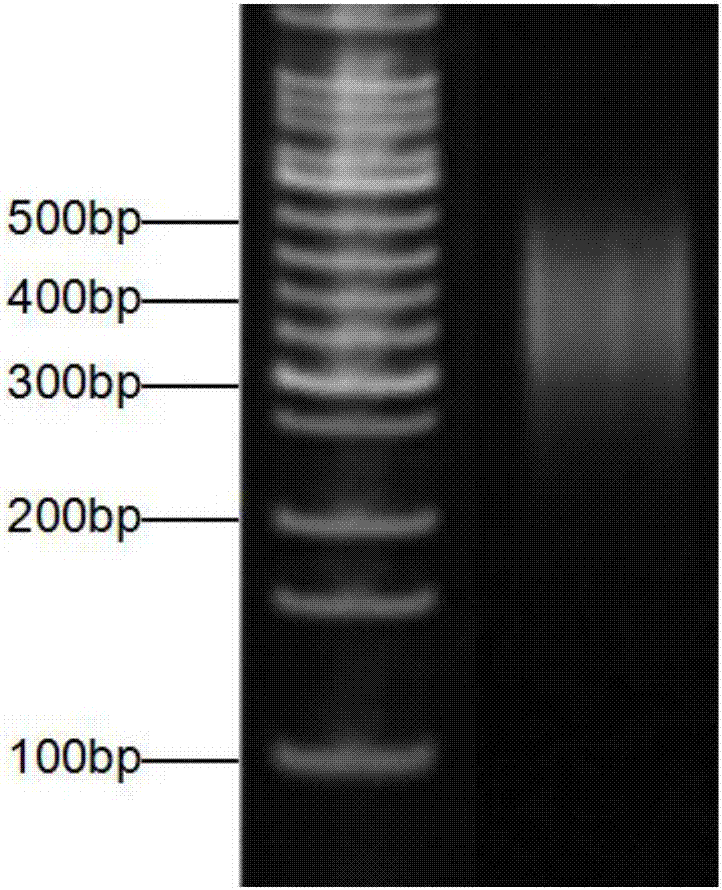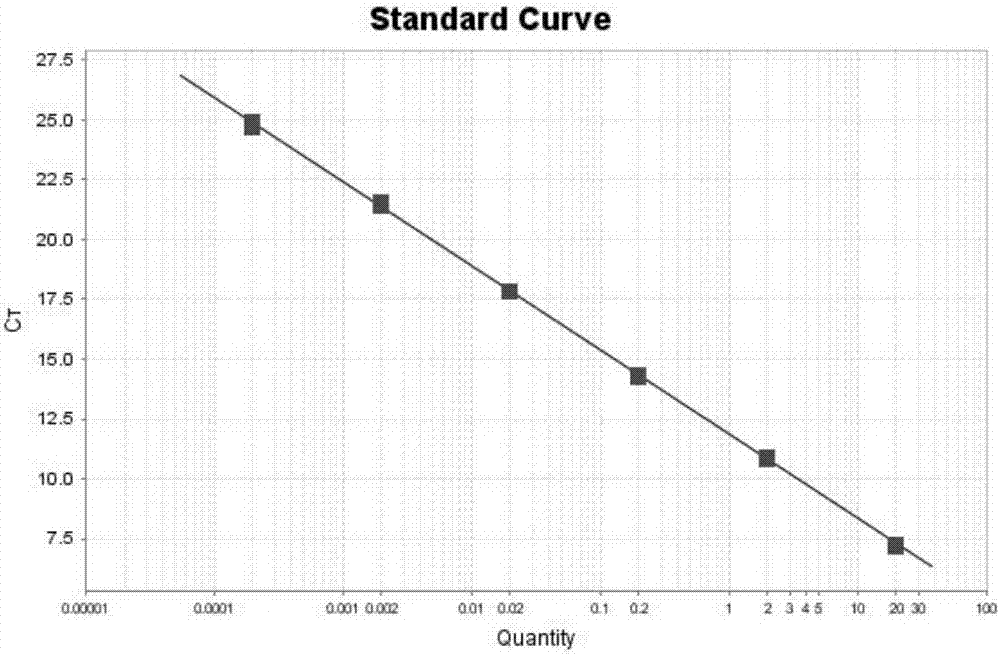Detection method of adult type polycystic kidney
A detection method, polycystic kidney technology, applied in the field of genetic disease gene detection, can solve the problems of not providing detection methods, and achieve the effect of facilitating standardized batch sample detection, ensuring reliability, and eliminating the interference of pseudogenes
- Summary
- Abstract
- Description
- Claims
- Application Information
AI Technical Summary
Problems solved by technology
Method used
Image
Examples
Embodiment 1
[0051] Next Generation Sequencing Detection
[0052] 1. Multiplex PCR
[0053] Through the verification of multiple PCR enzymes, the present invention selects the enzyme KOD-Multi&Epi with the best performance in terms of fidelity, amplification efficiency, and amplification balance of fragments of different lengths. The primers were designed independently and referenced in the literature, and the specific sequences are shown in Table 1.
[0054] Table 1 Primer information
[0055]
[0056]
[0057] 1.1 Reaction system
[0058]
[0059] 1.2 Reaction conditions:
[0060] PKD1
[0061]
[0062] PKD2:
[0063]
[0064] 1.3 PCR product electrophoresis quality inspection
[0065] 2. PCR product recovery
[0066] Ampure XP beads were used for purification in this experiment.
[0067] (1). Take a 1.5ml centrifuge tube and mix the PCR products of the above 7 groups at a ratio of 1:1. That is 7X 10ul, about 63ul after mixing.
[0068] (2). Add 0.1× volume fract...
Embodiment 2
[0201] Generation Sequencing Validation
[0202] After the results of the next-generation sequencing analysis are obtained, the mutation points detected by the next-generation sequencing need to be verified by first-generation sequencing. Long-fragment amplification is performed on the fragment where the mutation point detected by the next-generation sequencing is performed, and verification primers are designed for the mutation point. After the amplification is completed, the verification primer is used to perform first-generation sequencing verification on the mutation point detected by the second-generation sequencing.
[0203] The sequencing results are bidirectionally checked and consistent, and all have uniform detection results for the mutation point (such as Figure 8 ). The disease-causing mutation sites verified by first-generation sequencing can be identified as the detection results.
[0204] 1 PCR
[0205] After the results of the next-generation sequencing ana...
PUM
 Login to View More
Login to View More Abstract
Description
Claims
Application Information
 Login to View More
Login to View More - R&D Engineer
- R&D Manager
- IP Professional
- Industry Leading Data Capabilities
- Powerful AI technology
- Patent DNA Extraction
Browse by: Latest US Patents, China's latest patents, Technical Efficacy Thesaurus, Application Domain, Technology Topic, Popular Technical Reports.
© 2024 PatSnap. All rights reserved.Legal|Privacy policy|Modern Slavery Act Transparency Statement|Sitemap|About US| Contact US: help@patsnap.com










